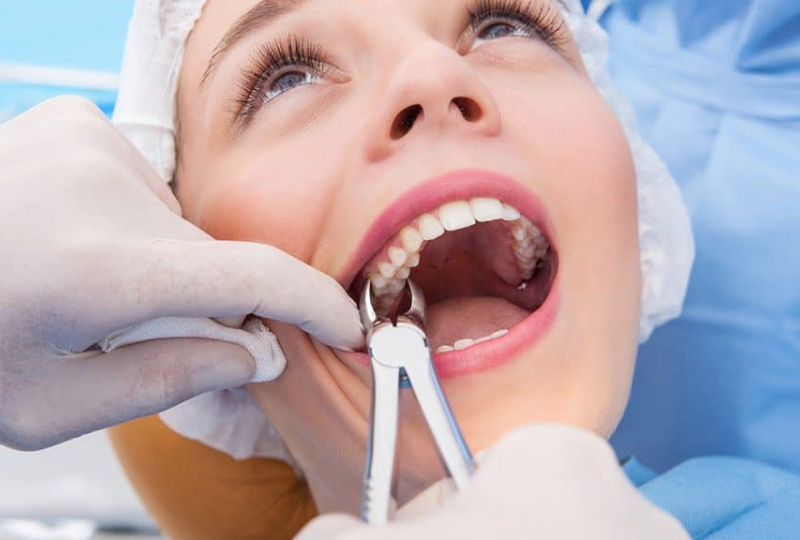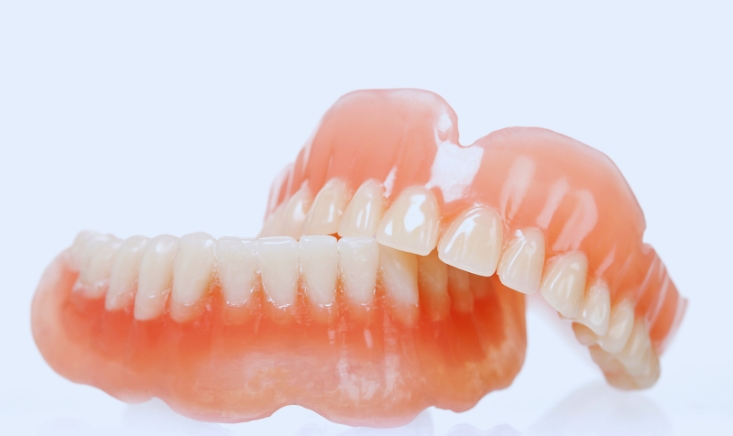
Are you scheduled for a tooth extraction soon? Or have you just undergone one and are looking for ways to speed up your recovery? Either way, we’ve got you covered! As a dentist with years of experience in performing extractions, I’ve seen firsthand how patients can bounce back quickly from this procedure with proper care. In this blog post, I’ll be sharing five essential tips to help you recover faster and more comfortably after your tooth extraction. So sit back, relax, and let’s get started!
Overview of Tooth Extractions
Tooth extractions are a common dental procedure, and most people recover from them without any problems. However, there are a few things you can do to ensure a smooth and speedy recovery.
First, it’s important to understand what happens during a tooth extraction. The dentist will numb the area around the tooth and then use special tools to remove the tooth. Once the tooth is out, the dentist will clean the socket and may place a gauze pad over it to help stop the bleeding.
After the procedure, it’s normal to experience some discomfort and swelling. You can take over-the-counter pain medication to help with this. It’s also important to keep your head elevated and avoid drinking through a straw for the first 24 hours after the extraction to minimize bleeding and swelling.
Be sure to follow your dentist’s instructions for caring for the extraction site as it heals. This usually involves rinsing with salt water several times a day and avoiding hard or crunchy foods while the socket heals. With proper care, you should be back to your regular diet and activities within a week or two.
5 Tips for Recovery from a Tooth Extraction
The main thing to remember when recovering from a tooth extraction is to take it easy. For the first 24 hours after the procedure, it’s important to limit physical activity and give your body time to heal.
During this time, you should also avoid using a straw, smoking, and drinking alcohol, as these can all contribute to dry sockets, a condition where the blood clot that forms in the empty socket becomes dislodged.
1. Take the Necessary Medications
After having a tooth extracted, it is important to take the necessary medications prescribed by your dentist to help with the recovery process. This includes antibiotics to help prevent infection and painkillers to help with any discomfort. It is also important to avoid drinking alcohol or using straws for the first 24 hours after the extraction as this can cause bleeding. Follow these tips and you will be on your way to a successful recovery!
2. Use Cold Compresses
If you’re looking for relief from pain and swelling after a tooth extraction, using cold compresses can be helpful. Here’s how to do it:
– Wrap a clean, soft cloth around a bag of ice or frozen peas.
– Apply the compress to the affected area for 10-20 minutes at a time.
– Repeat as needed throughout the day.
For best results, start using cold compresses soon after your tooth is extracted. This will help reduce swelling and pain in the days following the procedure.
3. Avoid Strenuous Activity and Vigorous Rinsing
After having a tooth extracted, it is important to avoid strenuous activity and vigorous rinsing for at least 24 hours. This will help prevent bleeding and allow the blood clot to form properly. If you must rinse your mouth, do so gently with warm salt water.
4. Eat Soft Foods and Avoid Smoking
A couple of days after your extraction, you’ll want to make sure to eat soft foods. While it may be tempting to just drink smoothies or shakes for every meal, it’s important to get some solid foods in as well. Eating softer foods will help speed up the healing process and avoid irritating the extraction site.
You should also avoid smoking during the healing process. Smoking can delay healing and increase the risk of complications, so it’s best to quit (or at least cut back) while you’re recovering from an extraction.
Rinse with mouthwash: Rinsing with an antibacterial mouthwash can help kill bacteria that can lead to tooth decay and gum disease.
Visit your dentist regularly: It’s important to see your dentist every 6 months for a checkup and cleaning, even if you’re not currently undergoing orthodontic treatment.
5. Follow Up with Your Dentist
Even though the tooth extraction process is complete, it is important to follow up with your dentist. This is because there is a chance that an infection could develop. If you experience any pain or swelling, be sure to contact your dentist right away.
Conclusion
We hope the tips we’ve provided will help you recover from your tooth extraction with minimal discomfort. Remember that following these five steps to recovery can make all the difference in how quickly and efficiently you heal, so be sure to adhere to them and follow up with your dentist if necessary. Taking care of yourself and staying consistent with your dental hygiene routine are key components on the road to full recovery after a tooth extraction.




